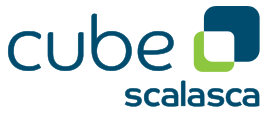|
Cube GUI Plugin User Guide
(CubeGUI 4.9, revision 6e5e012c)
How to develop a Cube GUI Plugin, road map and examples
|
|
Cube GUI Plugin User Guide
(CubeGUI 4.9, revision 6e5e012c)
How to develop a Cube GUI Plugin, road map and examples
|
 |
Copyright © 1998 Forschungszentrum Jülich GmbH,
Jülich Supercomputing Centre
Copyright © 2009–2015 German Research School for Simulation Sciences GmbH, Laboratory for Parallel Programming |